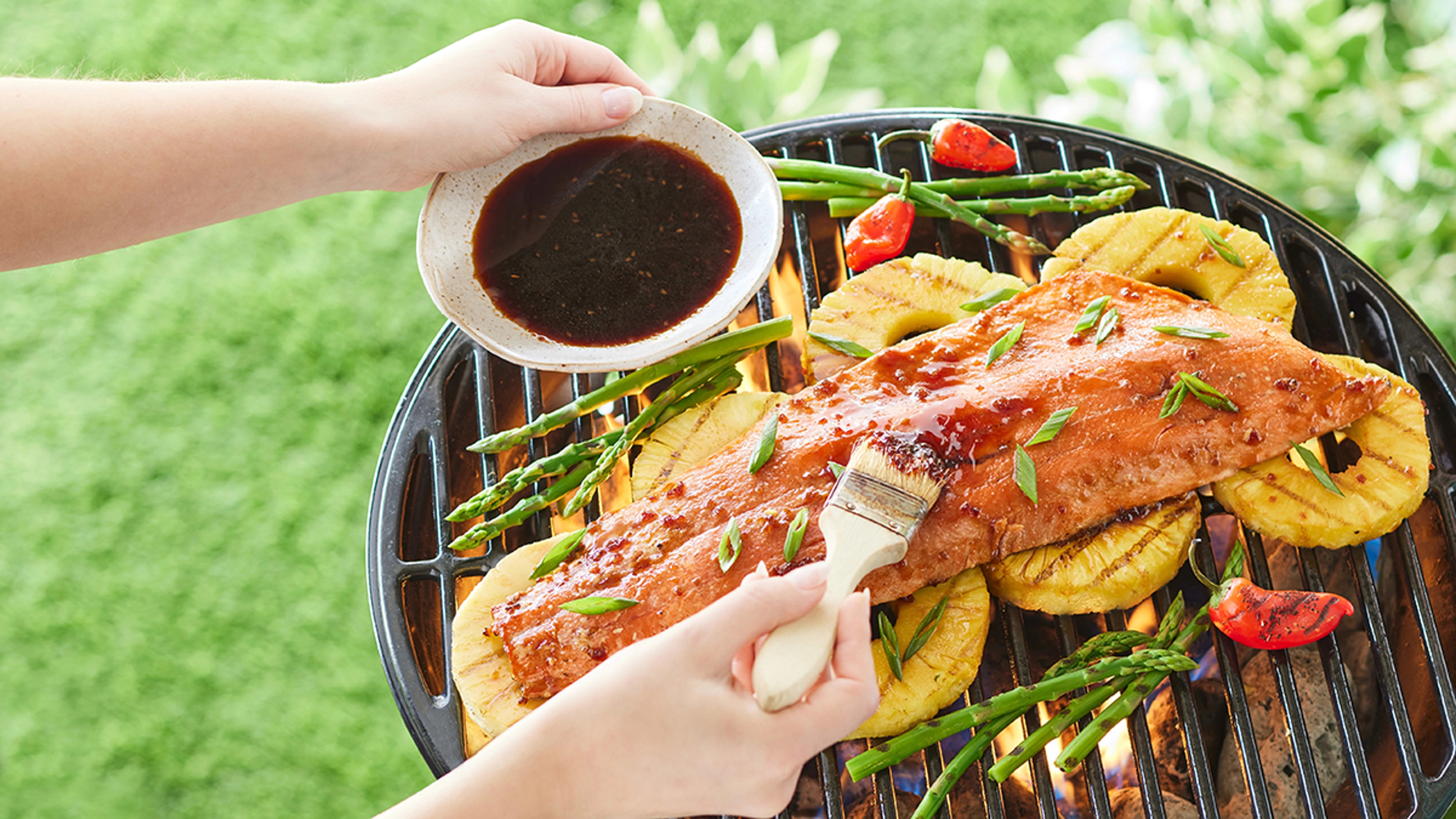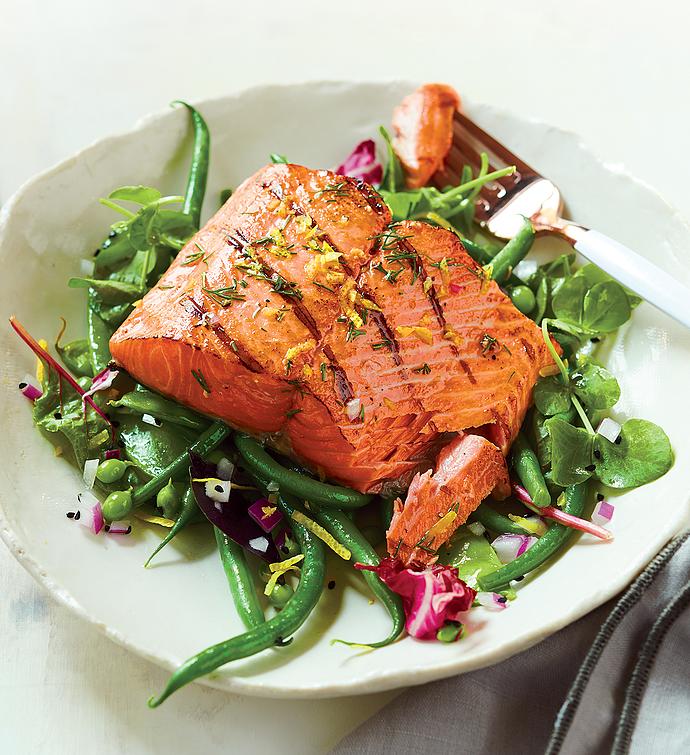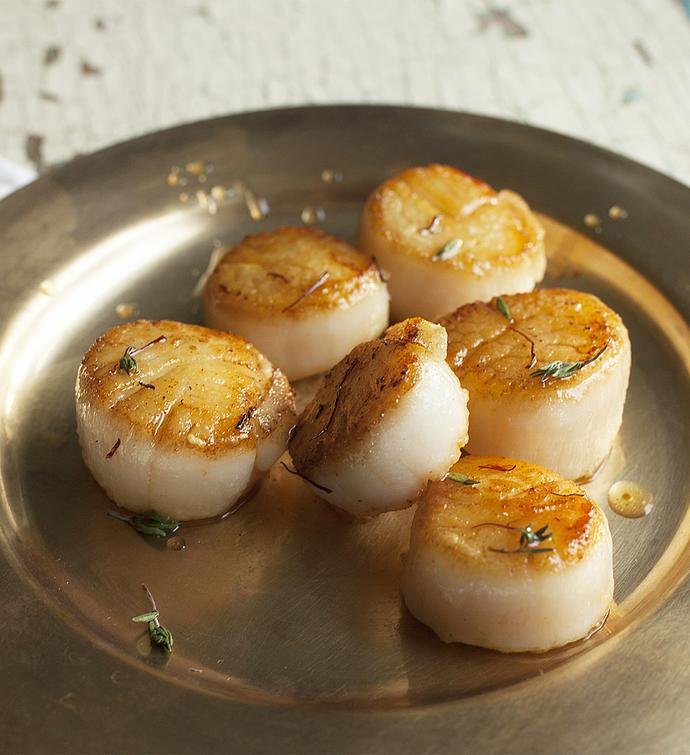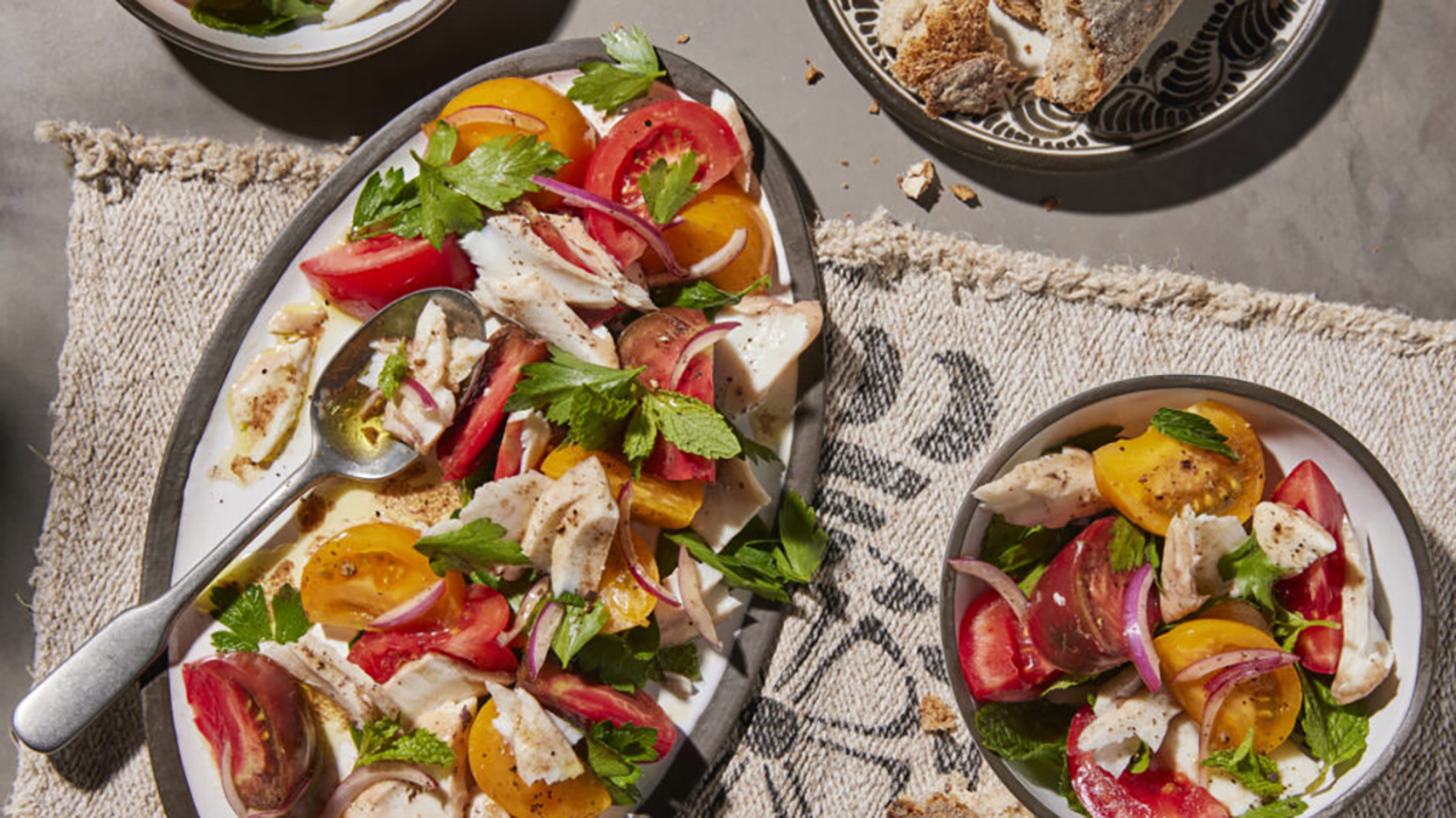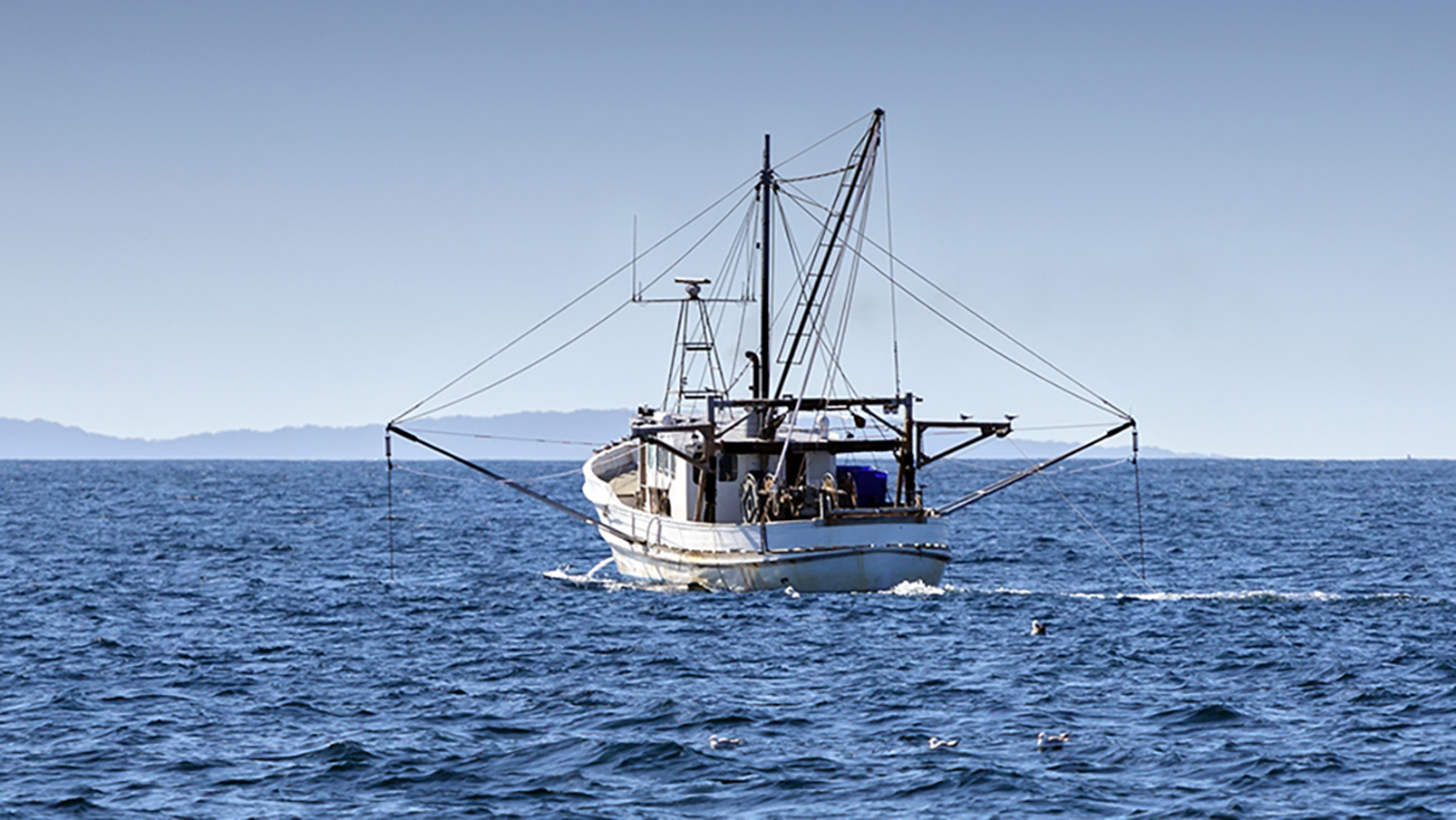There's nothing quite like a perfectly cooked salmon, Chilean seabass, or cod fillet. Well, actually, there is: perfectly cooked halibut or sablefish, or tuna. I think you know what we’re getting at.
Overcooked seafood can be tough and rubbery, whereas undercooked seafood can lead to foodborne illnesses. Who wants to deal with either of those? The perfect degree of doneness may seem daunting to achieve, but there’s no need to flounder. Here are several ways to cook fish.
Different fish cooking methods
Baking
Preheat oven to 350° F.
Place the marinated fish in a baking dish and cook for 8 to 10 minutes; time will vary depending on the thickness of the fillet.
Remove the fish from the oven when it begins to flake easily with a fork.
Cook just until opaque throughout.
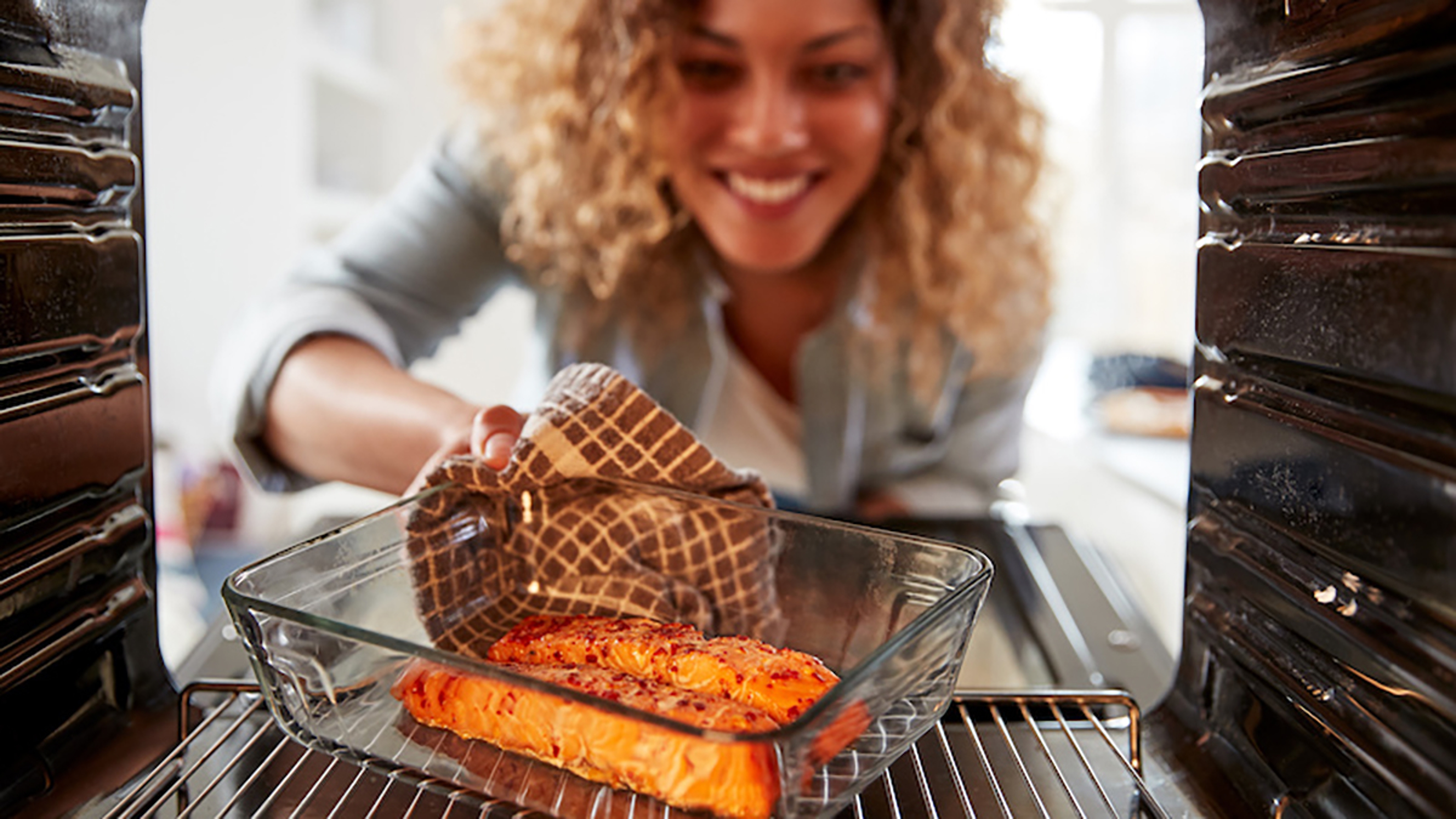
Broiling
Preheat the oven to broil.
Drizzle 1 tablespoon of olive oil into a medium heat-proof skillet.
Place the fillet skin side down and gently rub olive oil on the top of the fish, and season.
Broil in the oven for eight minutes per inch of thickness. Cook just until opaque throughout.
Grilling
Clean and preheat the grill. Oil lightly when hot.
Lay marinated fish directly over a heat source, skin side up. The fish should sizzle when it hits the grill.
Check after 2 to 3 minutes by gently lifting the fish to look for grill marks. When grill marks form, slide a spatula under the fish, flip, and cook the other side. Turn 90 degrees to produce crosshatch marks if desired.
Check after 2 to 3 minutes. Cook just until opaque throughout.
READ MORE: Grilled Fish Recipes You Should Make Right Now
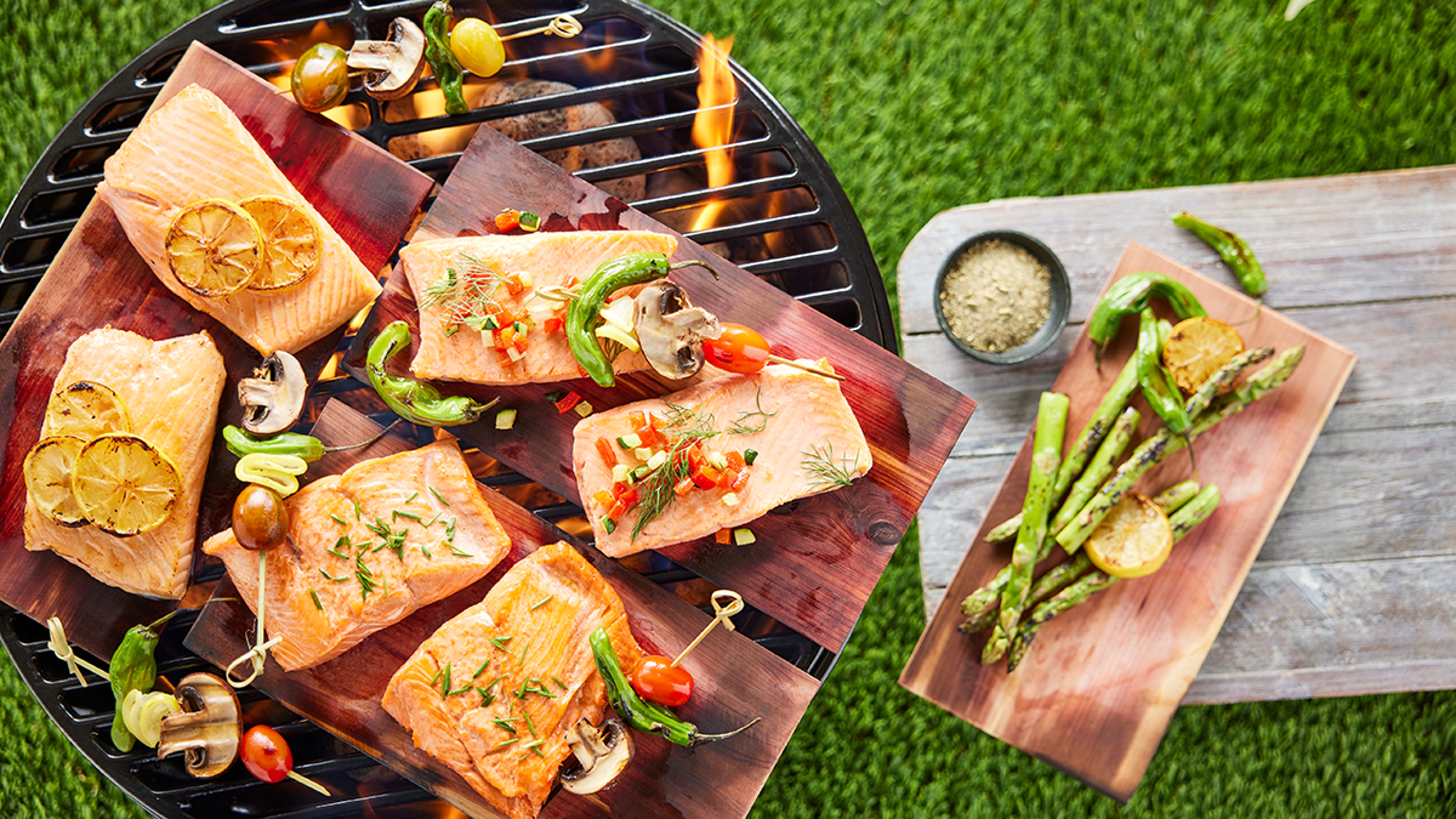
Grilling on wood planks
Native Americans in the Pacific Northwest pioneered the art of grilling fish and game on wood planks, which preserves moisture and imparts wonderfully subtle wood notes to grilled food. Here’s how to perfect it.
Heat your grill to medium high.
Place the pre-soaked plank on the grill and preheat for five minutes or until the bottom begins to darken.
Carefully flip the plank over and arrange the fish on top.
Cooking times will vary depending on the heat of your grill and the thickness of the fish, but the range is typically 5 to 10 minutes, just until the fish is opaque throughout.
Roasting
Preheat the oven to 400° F.
Coat the fish with your desired marinade or seasoning.
Place the fish in a roasting dish on the center rack of the oven for 20 minutes.
Using a fork to flake open the thickest section, check the interior. Cook just until opaque throughout.
Sautéing
Preheat an oiled pan to medium-high.
Add marinated/seasoned seafood, skin side up.
Shake the pan immediately after adding seafood, and then leave it undisturbed until the appropriate color develops.
Flip the fish and cook just until opaque throughout.
Steaming
Use a wire steamer basket or vegetable steamer, and bring about 1 inch of water to a boil in a pot.
Turn off heat; place the steamer basket in the pot. If desired, line the steamer with lettuce, onions, herbs, or citrus to keep the seafood from sticking.
Add the seafood.
Return the liquid to a boil and cover loosely.
Cook just until opaque throughout.
Sushi, sashimi & tataki
Slice the fish to the desired thickness while still partially frozen. Serve with wasabi, pickled ginger, and seaweed salad.

When to marinate your fish
Thaw your fish thoroughly, then rinse and pat dry.
Coat or sprinkle with your favorite dry rub.
For wet sauces, such as barbecue, teriyaki, or fruit, apply just before the fish is done cooking to prevent burning.
To marinate longer, place your fish or seafood in a zip-top bag for up to 12 hours
When will your fish be ready to eat?
The appropriate cooking times vary depending on the type of seafood and cooking method, but here are some general guidelines for cooking different types of seafood.
You'll note the target internal temperatures for all fish and seafood is 145 degrees Fahrenheit, or 63 degrees Celsius for those reading this outside the United States, for well done. Fish is medium rare when the internal temperature reaches 125 degrees Fahrenheit. This is the temperature regardless of whether you oven bake, fry, steam, or grill your seafood. Remember that your fish will continue to cook for a few minutes after removal from the heat source.
Here are six different types of fish and seafood, and when to take each off the heat.
Fish
Cook until: It flakes easily with a fork. The flesh should be opaque, not translucent.
MAKE THIS: Brown Butter & Sage Halibut
Shrimp
Cook until: They are pink and firm. If too small, you won’t be able to use an internal temperature, so go by eye. Overcooked shrimp will be tough and rubbery.
READ MORE: Shrimp 5 Ways

Scallops
Cook until: They are opaque and firm. High heat will provide a tasty sear, but that makes it all the more important to pull the scallops off immediately when done. Overcooked scallops will be tough and dry.
READ MORE: The Art of Searing Scallops
Lobster
Cook until: The shell turns bright red and the flesh is opaque.
READ MORE: Make Lobster Your New Go-To Breakfast Meat
Crab
Cook until: The shell turns bright red and the flesh is opaque.
Clams and mussels
Cook until: The shells open; discard any shells that remain closed.
Taking the temperature
When cooking seafood, use a reliable cooking thermometer to ensure it's cooked to the proper internal temperature. If you’re making fish, be sure to insert the point of the thermometer into the center of the thickest part of the fillet.
Note that the digital age has seen the advent of wireless Bluetooth and wi-fi-enabled cooking thermometers, available online, that make temperature monitoring effortless. Even within a sealed oven or grill, your phone will beep to let you know your seafood is done perfectly.
Once you gain some experience, you may find you can dispense with the thermometer and depend on the "flake test" for fillets. Just insert a fork into the thickest part of the fish and gently twist. If the fish flakes easily, it's fully cooked; but if it's still translucent and refuses to part when the fork twists, more time is needed.
The bottom line: Don't be daunted! Even a fillet that's a trifle overcooked can be delicious, nutritious, and a treat for the whole family. With practice, you'll find a seafood meal is among the quickest and easiest meals in your repertoire.

